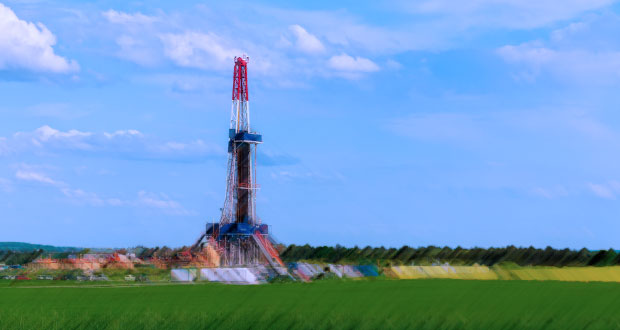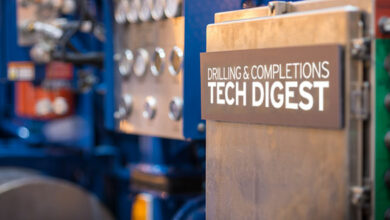Will we pursue different solutions to the same old people challenges?

By Linda Hsieh, Editor & Publisher
As the drilling industry puts rigs back to work amid a rebound in oil prices and global energy demand, companies are having to confront an unpleasant truth: Many of the former employees who had been let go during the last downturn don’t want to come back. They’ve found other jobs in other industries, and they’re no longer interested in returning.
This is making it more difficult to staff rigs, especially with experienced people. Speaking on a panel session at the IADC Annual General Meeting in November, Patterson-UTI President and CEO Andy Hendricks noted that his company’s active rig count had dropped from 120+ to the 30s during the pandemic. “Then, as we were coming out of this COVID downturn and bringing rigs back to work, when we got up to about 65-70 rigs – much less than we had pre-COVID – it’s like we ran out of people. The people that we were trying to call and get back weren’t there anymore.”
All of a sudden, the company found itself having to reinstate systems and processes that hadn’t been in place for several years: recruiting, hiring, onboarding and training. Job fairs where the company used to draw 200 people now only pull in 60 people, and even then only half of them are interested, Mr Hendricks said.
The industry has been talking about its people problem for years, but now it appears the pandemic and energy transition are really accelerating and intensifying the challenge. So, what can companies do differently this time when it comes to attracting and retaining new employees?
First, don’t keep looking to the same places for your talent. This can refer to geography, of course, but it can also refer to the type of people you set out to hire. Kim McHugh, Chevron VP of Drilling and Completions, noted during the same panel session that 51% of the world’s population are women, yet women are still a minority in the drilling industry. “We have to tap into a different workforce,” she urged.
Going outside of “comfort zones” to hire new talent won’t be easy, but it may be necessary. It will require the industry to continue combatting misconceptions about the oil and gas business. “This is a noble industry, but we don’t talk about it outside our own communities,” Ms McHugh said. “How do we get others to know about our safety record, our pay and benefits, or what we do for the world?” There is likely no short-term solution here, but volunteer and outreach efforts at middle schools and high schools would help in the long term, she suggested. Start early so that young people learn about our industry well before they embark on their careers.
Retaining employees
Companies also need to provide clearer career paths for their employees. Ms McHugh noted that more and more drilling and completion engineers are wondering if they will become irrelevant in five or 10 years. “Career path development is more important than ever before,” she said. “I’m trying to work with them on having more breadth instead of depth, so they can be more competitive as jobs open up globally.”
Rig crews, too, need to be given clearer career paths to show them what is possible in their future. “Giving our employees more visibility will give us an advantage in retaining them,” Brett Schellenberg, Director of Controls & Automation at Nabors, noted on the panel session.
Prioritizing training and continuing to invest in training is another key part of retaining rig crews, Mr Hendricks said. This includes safety training, leadership training, as well as performance training. “All of these investments matter. We want them to understand they have a career, and there are opportunities to grow,” he said. “We want them to think, I do have to be away from home, but it’s still good work because I work for a group of people that care for me.” DC
Linda Hsieh can be reached at linda.hsieh@iadc.org.




